“This is not Mexican food,” said my Mexican-born parents anytime they got a whiff of chili. A mere plateful inspired disapproving gestures as they sensed the dish wafting the aroma of cumin in a San Antonio Mexican restaurant. Growing up on the Texas/Mexico border, life was more Mex than Tex. But a mere 150 miles north, it was a different story.
They were right—sort of. Chili is not Mexican, but its history is complicated. Chili is Texas Mexican, one of the country’s oldest regional cuisines. The term Tex-Mex first appeared in the culinary lexicon in 1972 when English-born cookbook author Diana Kennedy made a clear distinction between the food served in Mexico and everything served north of the border. By doing so she inadvertently defined a centuries old cuisine—one that’s heavy on meat and cheese, features flour tortillas over corn, and highlights cumin—a spice not commonly used in central Mexico.
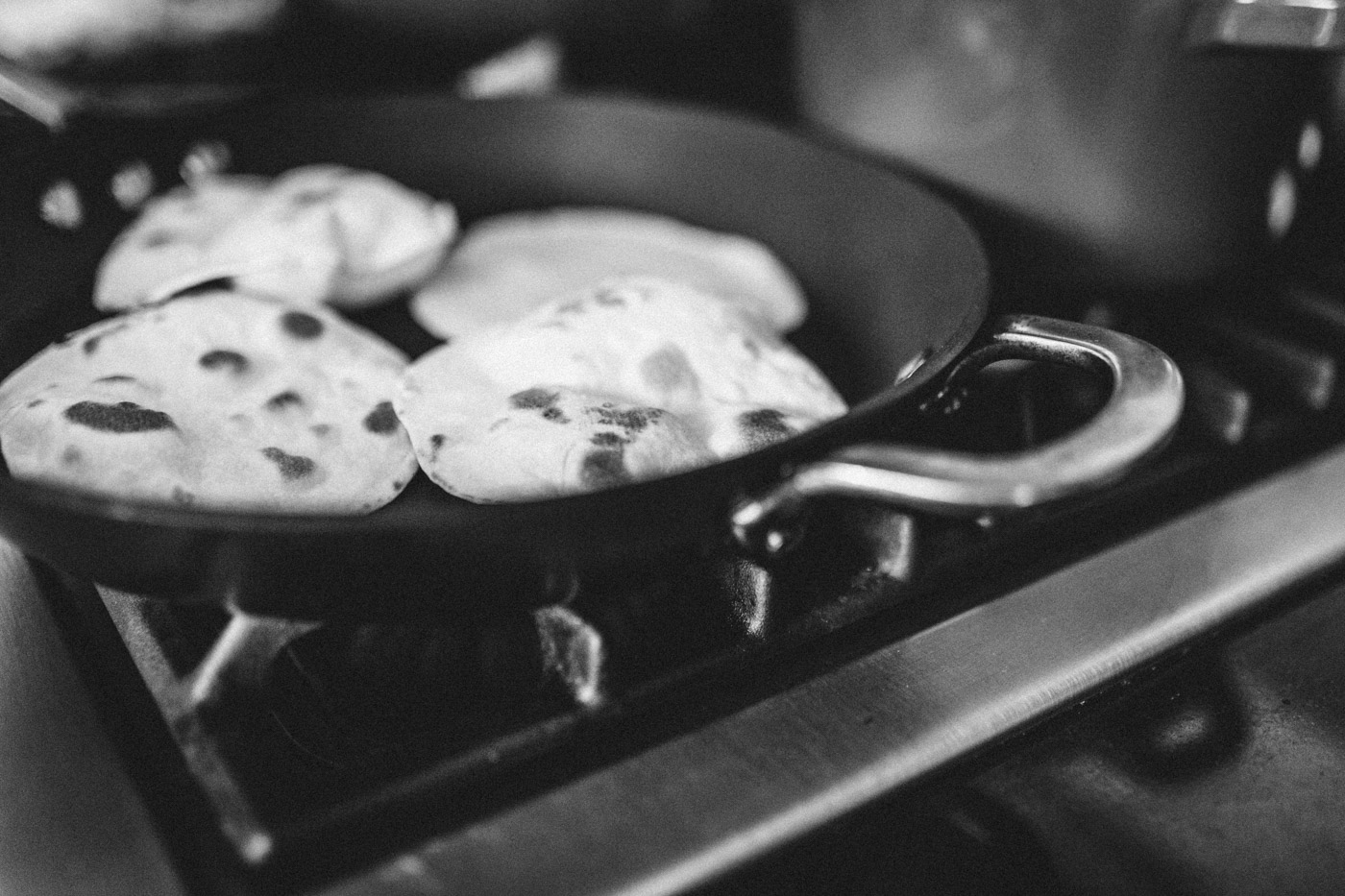
Regional Mexican cuisines are fusions of Old and New World ingredients, and Tex-Mex cuisine is no different. During the sixteenth century conquest of Mexico, Spain introduced its economic system, religion, customs and foods—notably wheat, cattle and spices. In the northern frontier, vast plains were converted to ranchlands and livestock became the region’s most important resource.
Less susceptible to fungus in the dry northern climate, wheat flourished in New Spain (the term for Mexico during that time). Wheat was perfect for baking flatbreads, hence the flour tortilla—which, according to food historian Jeffrey Pilcher, was possibly inspired by the matzo of Sephardic Jews who had settled in the north during the Inquisition.
Cumin can be traced to the 1700s when Spanish colonists from the Canary Islands settled in San Antonio. Many were of Moroccan descent and brought their Berber cooking with its heavy use of cumin. In addition, simple sauces using native red chiles were favored over the labor-intensive moles of the southern and central regions.
For centuries, indigenous populations had been stewing wild game such as venison and turkey with native spices. When these native stews met Old World meats and cumin and New World chiles, tomatoes and beans, a variation of the famous southwestern chili con carne was born.
In 1821, Mexico gained independence from Spain and the area we now call Texas remained part of Mexico before gaining its own independence in 1836, at which time the Republic of Texas briefly enjoyed freedom before being acquired by the United States in 1845. But it was in 1842 when the English writer, geographer and ethnologist William Bollaert wrote of a mysterious “stew made of beef with a large quantity of red pepper” in his observations on the Republic of Texas that chili appeared in the public consciousness.
In 1877, when the Texas Mexican Railway began operating through the southwest, Anglo tourists curious about the country’s new frontier began flocking to San Antonio. Many decided to settle there permanently, pushing the Tejanos—those of Mexican descent who had been living in the area for over three centuries—out of the city center and into segregated barrios.
Although the Hispanic population suddenly found themselves marginalized, tourists found their food alluring, especially the chili con carne that had been prepared since the mid-1800s by the legendary “chili queens.” In an effort to supplement their family’s income, these hardworking San Antonio businesswomen had become the dish’s original purveyors. Their namesake stew was initially called carne con chile (meat with chile), a moniker then Anglicized by the same visitors who bestowed the chili queen title.


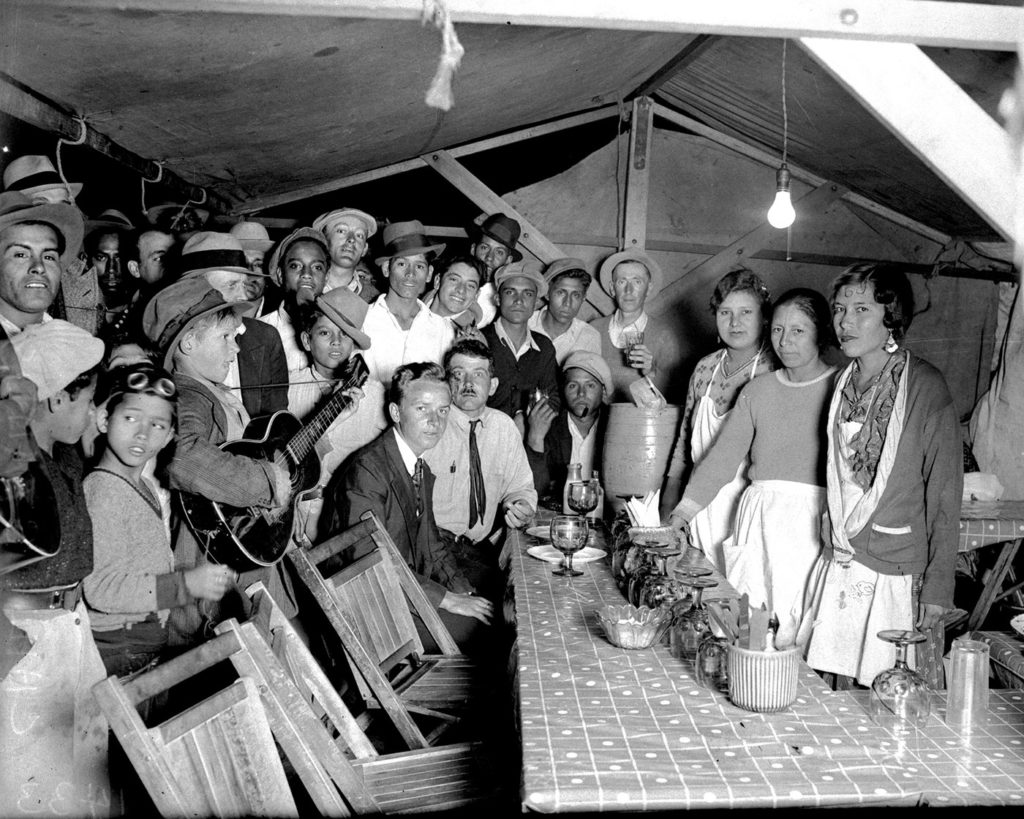

These women made chili at home, loaded it onto wagons, and transported it to public plazas where it was then sold to soldiers, tourists, cattlemen and troubadours during evening hours. Although slow-simmered chili was their best-known offering, enchiladas, tamales, beans, flour tortillas and coffee were also served; a combo plate cost a dime. Traditionally, the matron of the household cooked while her daughters worked as hostesses and servers. Known for their wit and charm as much as for their food, these entrepreneurial women joked, bantered and flirted with their customers. They were said to be adept at rolling their own cigarettes with cornhusks and black tobacco. Some even played guitar and sang.
In 1882, Gould’s Guide to San Antonio wrote of their allure: “Those who delight in the Mexican luxuries of tamales, chili con carne, and enchiladas, can find them here cooked in the open air in the rear of the tables and served by the lineal descendants of the ancient Aztecs.” By creating the mystique of the bewitching Mexican señorita, they became mythological sirens in the Anglo imagination.
However, not all reviews were kind. Some compared the first bite of chili to the bite of a serpent. In 1895, Stephen Crane, author of The Red Badge of Courage likened the chili queens’ foods to “fire-bricks from Hades.” Some upper class citizens of San Antonio saw Mexican food as a threat to white workers who claimed the Mexican diet undermined the nation’s standard of living.
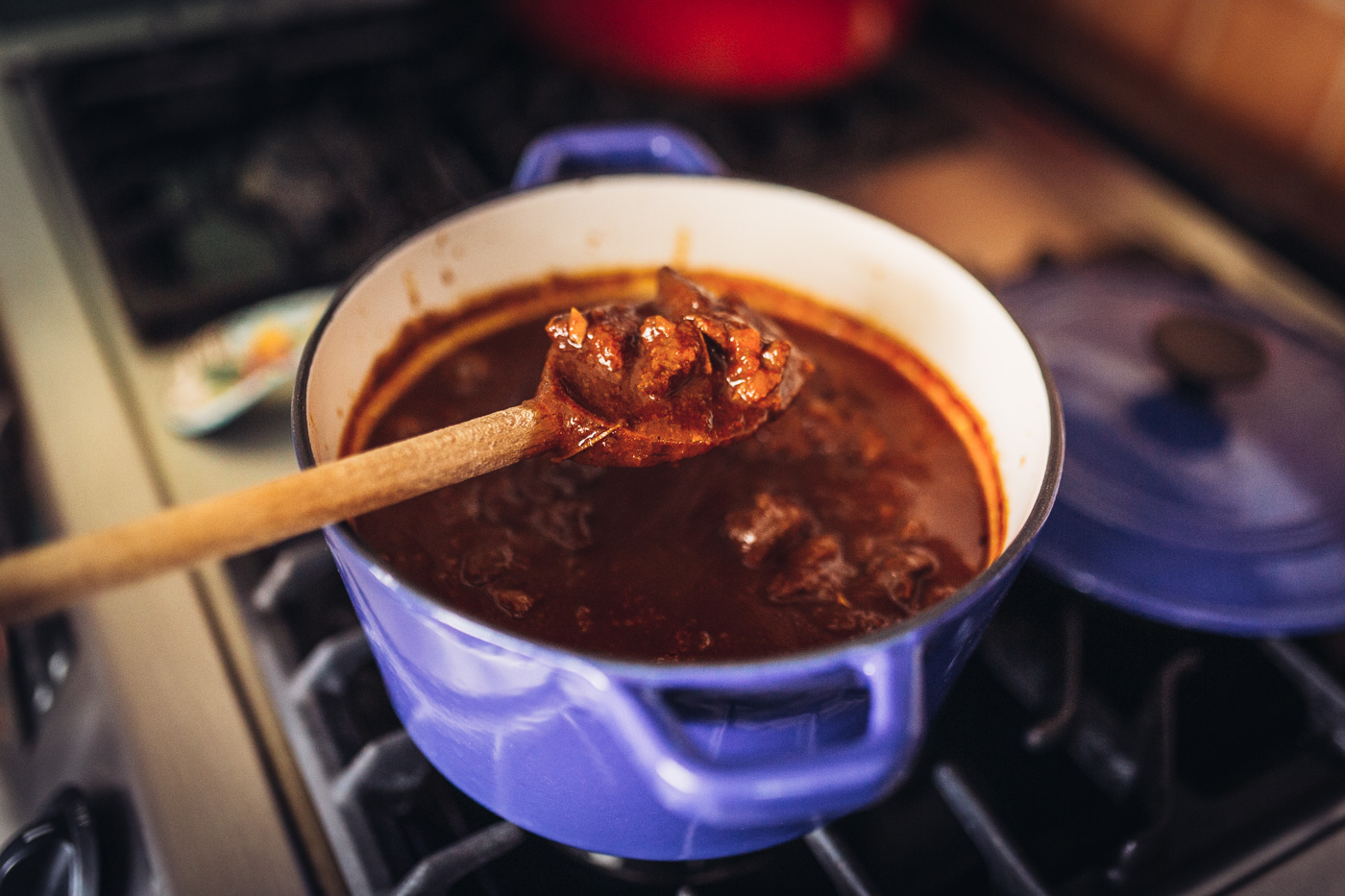
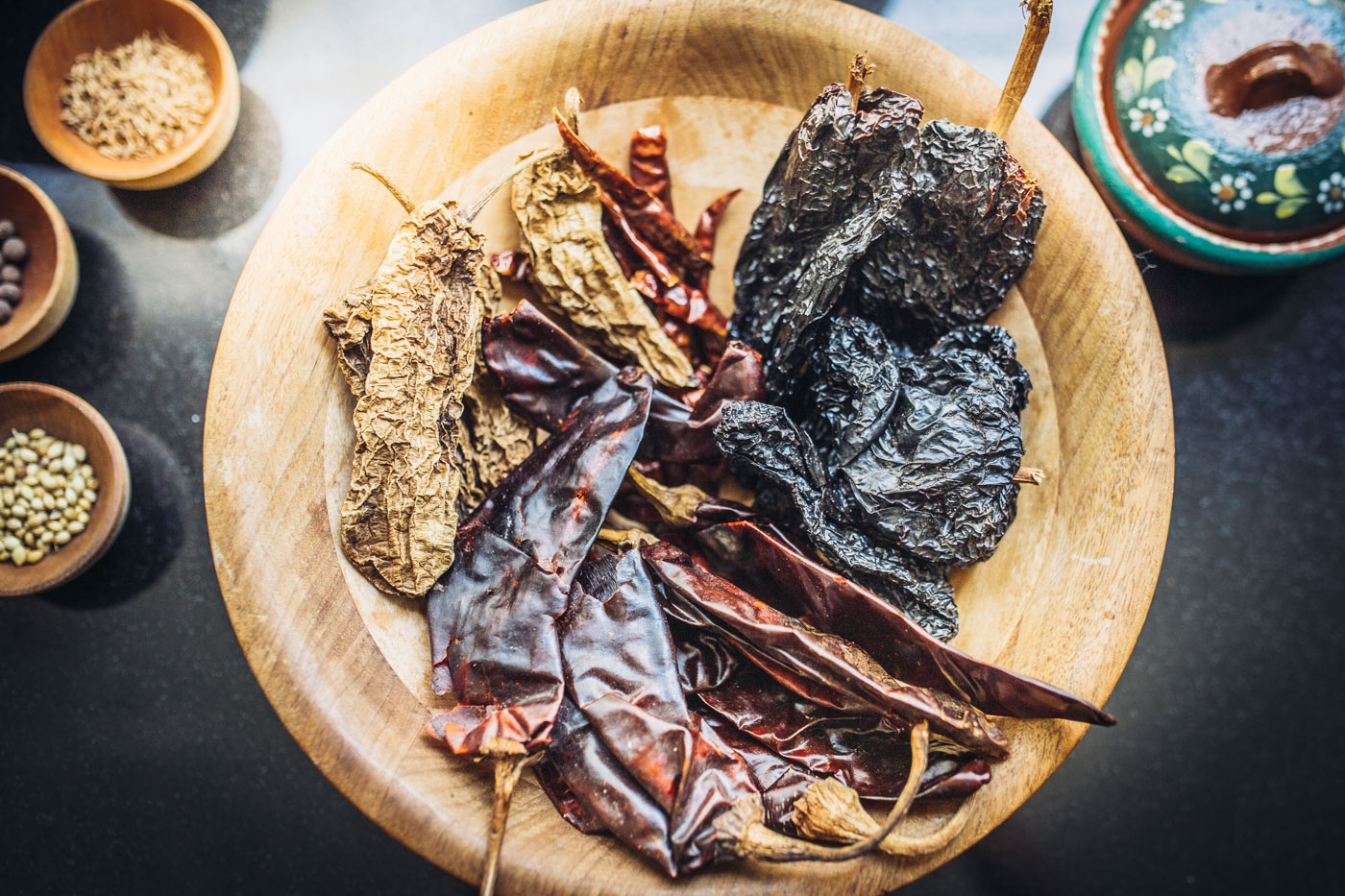
And while the chili queens were a vibrant force in the Alamo City’s economy, in 1937 their stands were deemed unsanitary and they were eventually banned from the public plazas. By 1943 the charm of being served a bowl of chili by an enchanting chili queen under a starry Texas sky was a distant, spicy memory.
Still, the notoriety of the chili queens traveled well beyond San Antonio. For decades they were a vibrant force in the city’s economic and social history, luring tourism to the area. They also introduced their foods to an even wider public with a booth at the Chicago World’s Columbian Exposition in 1893.
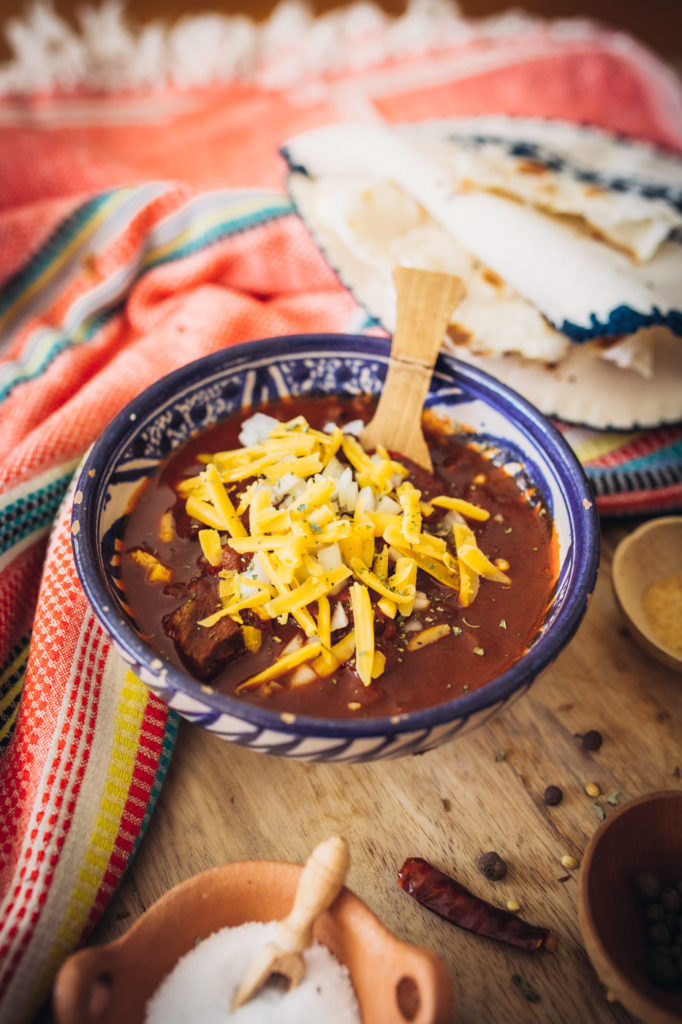
For many Americans, the chili queens’ namesake dish—the type of home cooking prepared in San Antonio for centuries—was their first introduction to Mexican food. While working diligently to feed their families, the chili queens established a reputation for Mexican food within the United States; their image helped legitimize the Mexican presence within the country’s multicultural mosaic, and in 1977, the Texas Legislature proclaimed chili con carne as the official state dish.
Recipe
Chili Queen-Style Chile con Carne
Ingredients for the spice powder:
- 1 teaspoon cumin
- 1 teaspoon coriander
- 1 teaspoon allspice
- 1 teaspoon garlic powder
- 1 tablespoon dried Mexican oregano
Ingredients for the chili sauce:
- 4 dried ancho chiles, stems and seeds removed
- 4 dried guajillo chiles, stems and seeds removed
- 2 dried chipotle chile, stems and seeds removed (add more for a spicy chili)
- 2 chiles de árbol, stems and seeds removed (add more for a spicy chili)
- 2 cups beef or chicken broth
- 1 28-ounce can tomato sauce
- Salt
- 2 tablespoons olive oil
- 1 ½ pounds boneless beef chuck, cut into ¼-inch cubes
- 1 ½ pounds pork shoulder, cut into ¼-inch cubes
- 2 yellow onions, chopped
- 4 garlic cloves, minced
- 2 bay leaves
- 1 12-ounce bottle of dark beer, optional
Garnishes:
- Grated cheddar cheese
- Minced onion
Adapted from an original chili queens recipe in the Institute of Texas Cultures research library. Although the allspice and tomato additions are not in the original, they add a touch of natural sweetness that balances out the heat.
Serves: 6 to 8
Method:
- Toast the cumin and coriander seeds. Put in a hot, dry pan and stir until fragrant. Transfer to a bowl to cool then put in a spice grinder along with the allspice, oregano and garlic powder. Grind finely and set aside.
- Stem and seed the chilies. Put in a bowl, cover with boiling water. Allow to sit for 30 minutes until soft and pliable. Remove from the water and blend with the broth, tomato sauce and salt.
- Heat oil in a Dutch oven. Salt the meat. Working in small batches, sear the meat on all sides. Transfer to a bowl.
- Add the chopped onion and garlic to the Dutch oven and sauté until translucent and they begin to caramelize. Add the spice blend and salt to taste.
- Add ½ cup beer and scrape up the brown bits. Reduce completely then add the chili sauce and bay leaves. Bring to a simmer and let it reduce slightly. Taste and adjust seasoning.
- Return the meat to the pan. Bring to a simmer. Reduce heat to low, cover, and simmer for 1 ½ hours, stirring frequently and adding more liquid—dark beer preferred—if needed.
- Serve as is as the chili queens would, or garnish with onion and grated cheddar cheese. Adding beans to chile con carne is sacrilegious, but it’s okay to serve beans on the side.





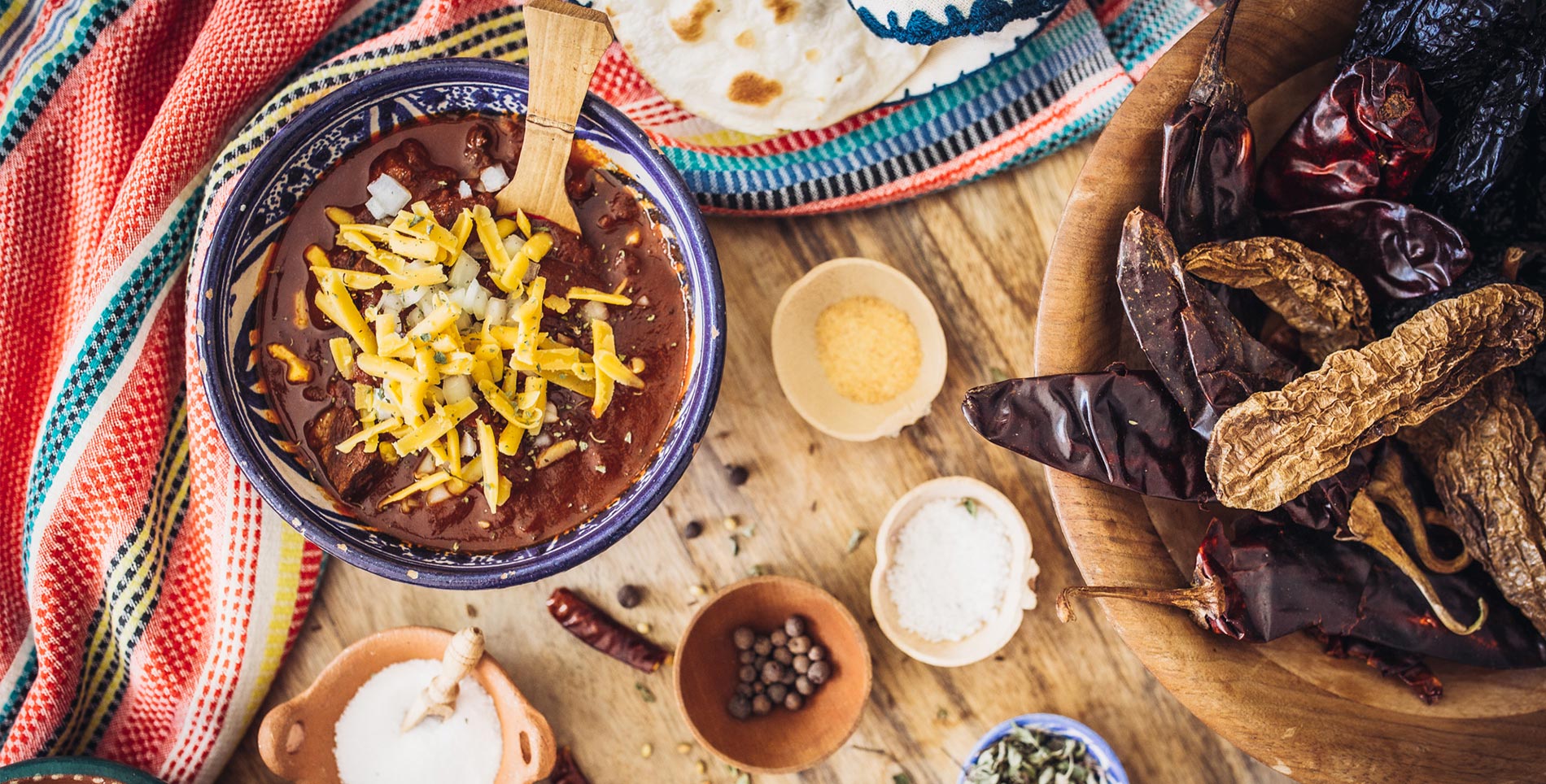

Our comments section is for members only.
Join today to gain exclusive access.